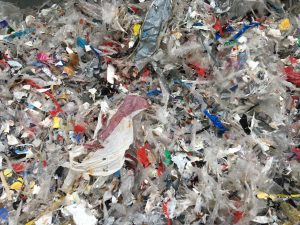Air separation is particularly effective for materials with significant differences in density, shape, and size. Here are some of the materials for which air separation is best suited:
Lightweight Materials
– Paper: Air separation can effectively remove paper from mixed waste streams due to its low density and ability to be easily lifted by air currents.
– Plastic Films and Packaging: These materials are lightweight and can be separated from heavier waste using air knives and wind sifters.
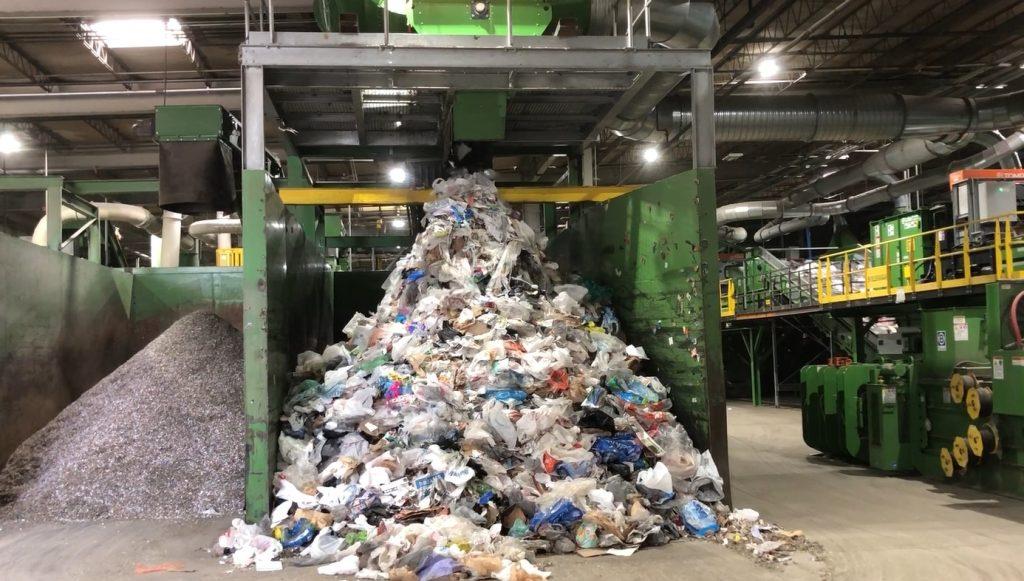
Fibrous Materials
– Textiles: Air classifiers can separate textile materials from other waste streams, making it easier to process and recycle fabrics.
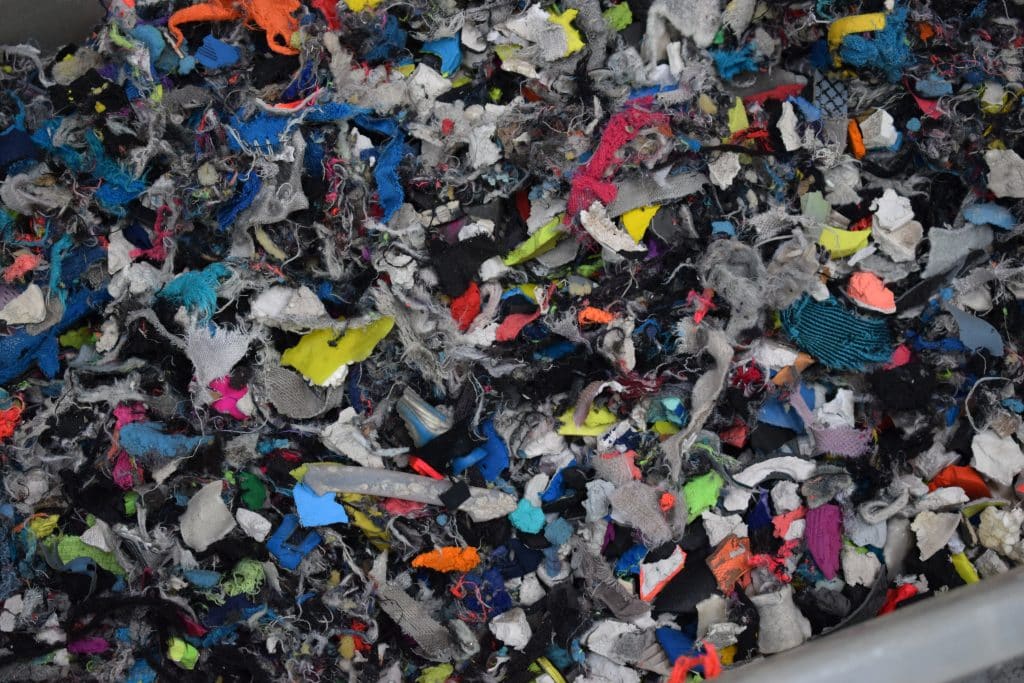
Dust and Fine Particles
– Dust and Fine Particles: Cyclone separators are excellent for removing fine dust particles from bulkier waste materials through centrifugal force.
– Agricultural Waste: Air classification systems can remove light contaminants like husks and chaff from grains and seeds.
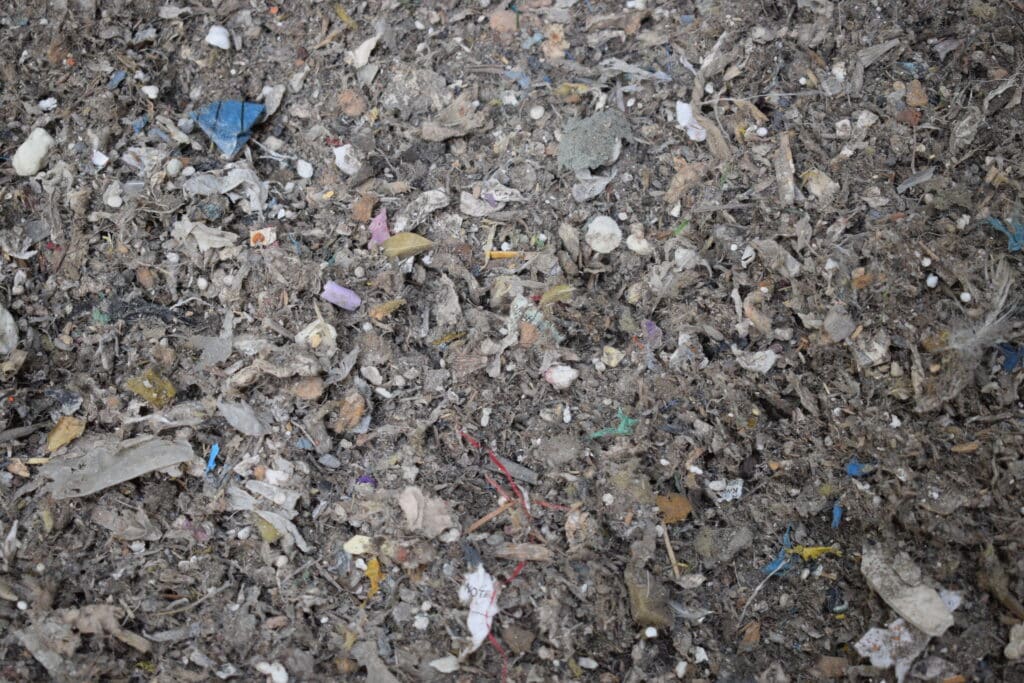
Mixed Municipal Solid Waste (MSW)
– Light Contaminants: Air separation can efficiently remove light contaminants such as paper, plastic bags, and lightweight packaging from the heavier components in MSW.
– Organic Waste: Wind sifters can help in separating organic waste from other components in mixed municipal waste, aiding composting processes.
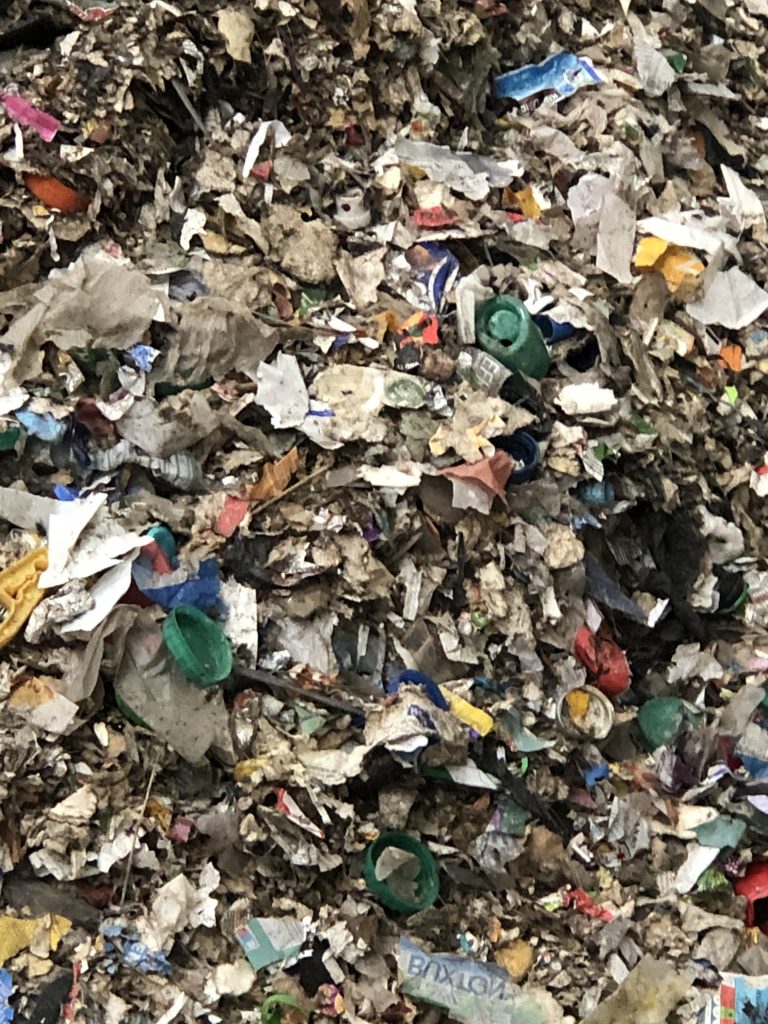
Construction and Demolition (C&D) Waste
– Wood and Plastic: Air-based systems can separate lighter materials like wood and plastic from heavier materials such as concrete, bricks, and metals, which are prevalent in C&D waste.
– Insulation and Foam: Lightweight insulation materials and foams can be effectively separated using air classifiers and wind sifters.

Recyclable Materials
– Plastic Bottles: Air knives can separate different types of plastics from mixed recycling streams.
– Glass: Air classifiers are an ideal solution to separate heavy and light fractions such as glass and paper/dust /fibres.
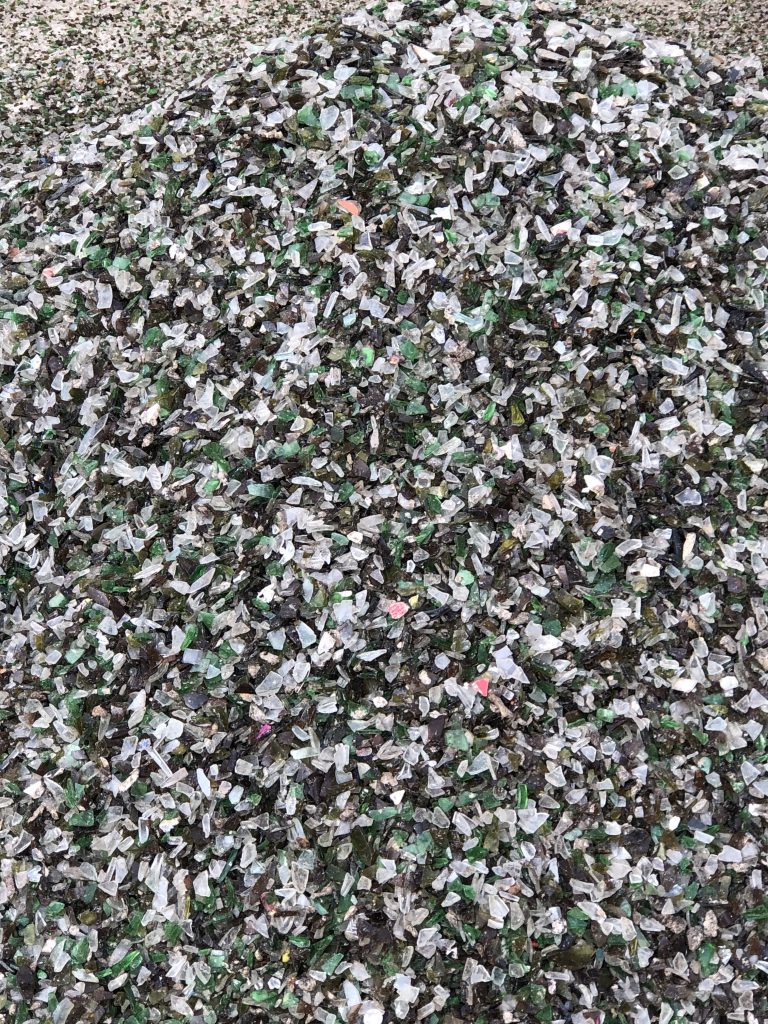
Electronic Waste (E-Waste)
– Circuit Boards and Light Components: Air separation can help in isolating lighter electronic components from heavier items like batteries, plastics and metal casings in e-waste.
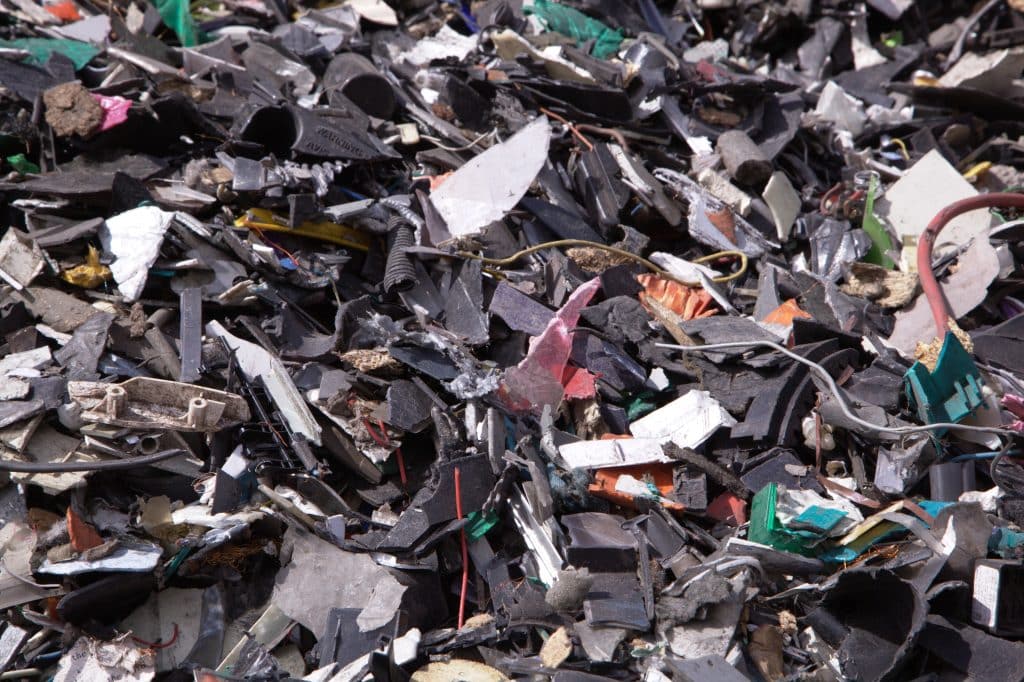
Applications and Benefits
– Efficiency: Air separation is highly efficient for processing large volumes of these materials, providing quick and accurate sorting.
– Quality: The ability to finely tune air flow parameters allows for high-precision separation, improving the quality of sorted materials.
– Cost-Effectiveness: Reduced wear and tear on machinery and lower energy consumption contribute to the cost-effectiveness of air separation systems.
Air separation is best suited for lightweight, fibrous, and fine particulate materials, as well as mixed municipal and construction waste. Its ability to sort these materials, efficiently and accurately, makes it a crucial component in modern waste management and recycling operations, enhancing overall processing efficiency and material recovery rates.
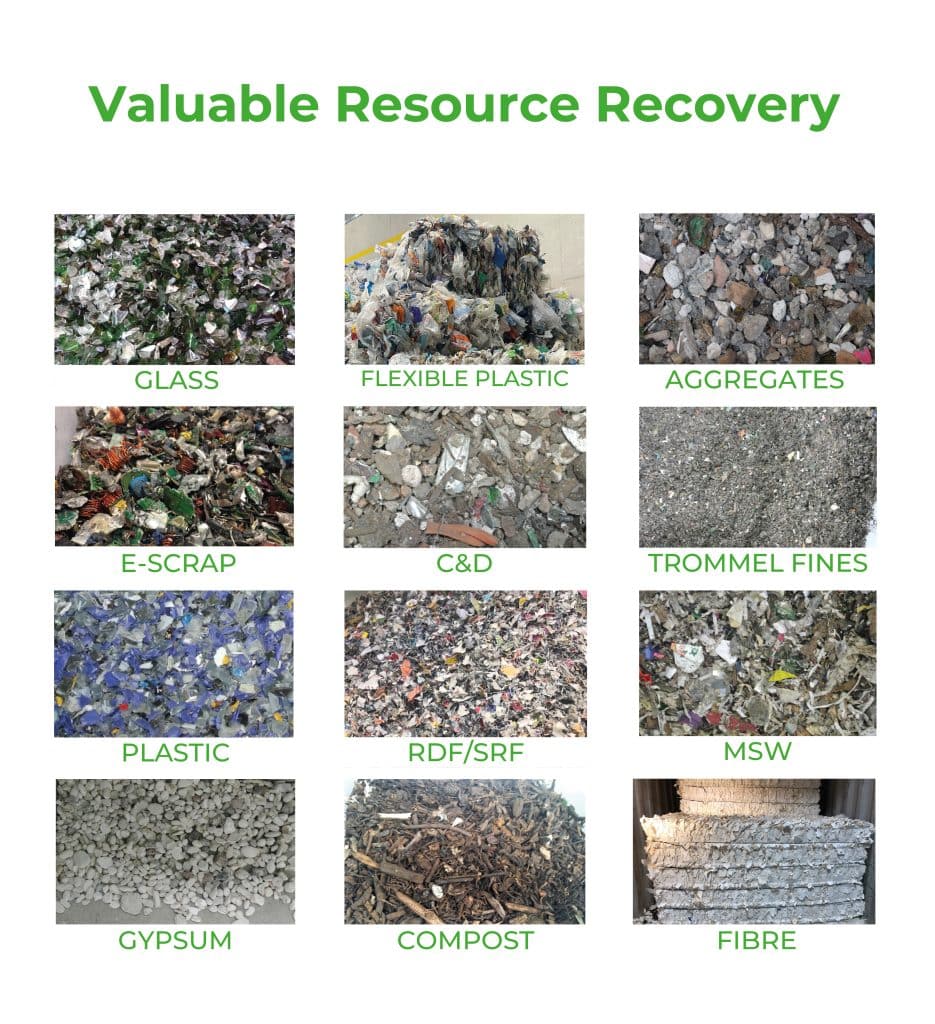
View our range of air separation solutions here.
